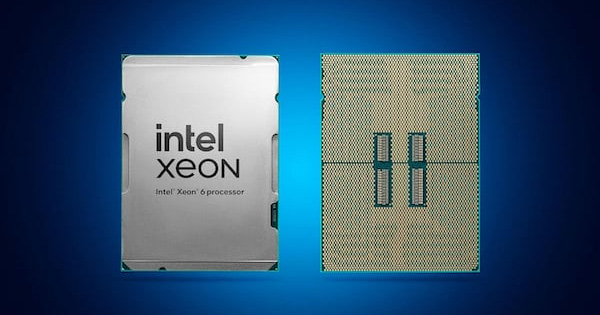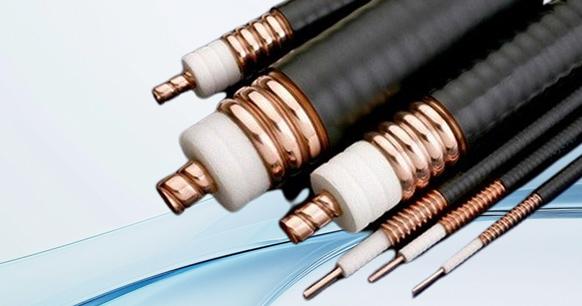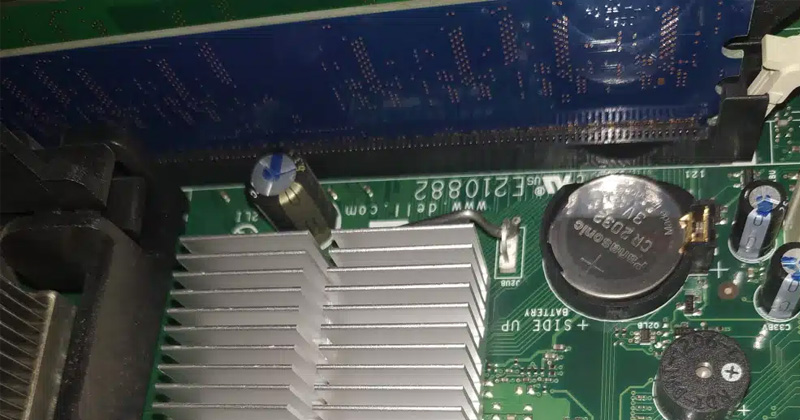
Complete Guide to CR1620 Batteries: Applications, Features, and Safe Usage in 2024
CR1620 description
The CR1620 coin cell battery, chemically known as a lithium manganese dioxide button cell battery, is commonly referred to as a button cell, button battery, or coin cell. It belongs to the CR series. The CR1620 is a highly versatile battery, used in a vast array of electronic devices, including digital watches, game consoles, computers, remote controls, electronic clocks, hearing aids, remote sensing devices, radio navigation beacons, sonar systems, search and rescue equipment, and many more.

This type of battery offers a number of key characteristics, including low self-discharge, a long shelf life, high single-cell voltage, high energy density, good sealing performance, stable discharge voltage, a wide operating temperature range, and consistent performance. It is important to note that when using CR1620 batteries, they should be handled with care to ensure safety and optimal performance. This includes avoiding stacking batteries haphazardly, refraining from placing them in metal containers, storing them away from damp or high-temperature environments, and keeping them out of reach of children.
CR1630 features
|
Discharge rate |
100 μA |
|
Size |
Diameter: 16mm, Thickness: 2.0mm |
|
Standard Voltage |
3.0V |
|
Rated Capacity |
70mAh to75mAh |
|
Chemistry |
a lithium manganese dioxide (Li-MnO2) coin cell battery |
|
Weight |
1.3g |
CR1620 applications
The CR1620 coin cell battery, renowned for its compact dimensions and reliable output, is a prevalent choice for powering a multitude of compact electronic devices.
Watches: The CR1630 battery is a popular choice for powering the timekeeping mechanisms in many watches, particularly those with a small and slim design.
Calculators: The CR1630 battery is a popular choice for powering pocket calculators and other portable electronic calculators.
Key Fobs: It is possible that remote key fobs for cars, garage doors, and other electronic locks may use the CR1630 battery to provide the necessary power for transmitting signals.
Medical Devices: A number of medical devices, including glucose meters, thermometers, and hearing aids, rely on the CR1630 battery to ensure reliable power.
Small Electronics: Additionally, the CR1630 battery is utilized in a variety of small electronic devices, including digital thermometers, small LED lights, remote controls, and electronic toys.
Backup Power: The CR1630 battery is sometimes employed as a backup power source in devices that require a long shelf life and occasional use.
Can CR1620, CR1632, and CR1616 batteries be used interchangeably?
The CR1620, CR1632, and CR1616 batteries are non-rechargeable lithium manganese dioxide batteries designed for single-use applications. They are intended to provide a stable energy supply to various small electronic devices, including watches, calculators, and remote controls. Due to their chemical composition and design, these batteries are not rechargeable and must be disposed of properly after use to ensure safety and environmental protection.
It should be noted, however, that despite the fact that the CR1620, CR1632, and CR1616 all have a diameter of 16.0mm and a voltage of 3V, their thickness and capacity differ, which means that they are not compatible with each other. While a battery compartment designed for a CR1620 may also fit a CR1616, inserting a CR1616 battery into a CR1620 slot may result in the device malfunctioning or being damaged. Similarly, a CR1620 battery cannot be substituted for a CR1632 battery.
The disadvantages of mixing or replacing batteries of different specifications
1. Inappropriate size: Battery specifications vary, and incorrect installation in a device's battery compartment can result in poor contact or device malfunction.
2. Voltage and capacity mismatch: It is important to note that batteries with different specifications have varying voltage and capacity characteristics. The use of mismatched batteries may result in abnormal circuitry, damage to the device, or a reduction in battery lifespan.
3. Potential safety risks: In the event that the battery specifications do not align, there is a risk of the battery overheating, leaking, or exploding, which could have serious consequences for both the device and the user.
It is therefore recommended that the correct battery model is selected in order to ensure the normal operation of the device and to protect the safety of both the device and the user. It is important to note that batteries of different specifications should not be mixed or replaced.
CR1620 Battery Equivalent (LM1620, BR1620 and DL1620)
LM1620, BR1620, and DL1620 are common equivalents of CR1620 and are equivalent in size and voltage to CR1620. Please find below a comparison of the specifications of several batteries.
|
Battery |
CR1620 |
DL1620 |
BR1620 |
LM1620 |
|
Voltage |
3v |
3v |
3v |
3v |
|
Capacity |
85mAh |
75mAh |
70mAh |
85mAh |
|
Size |
16.0mm*2.0mm |
16.0mm*2.0mm |
16.0mm*2.0mm |
16.0mm*2.0mm |
|
operating temperature |
-20°C ~ 60°C |
-20°C ~ 60°C |
-20°C ~ 60°C |
-10°C ~ 60°C |




